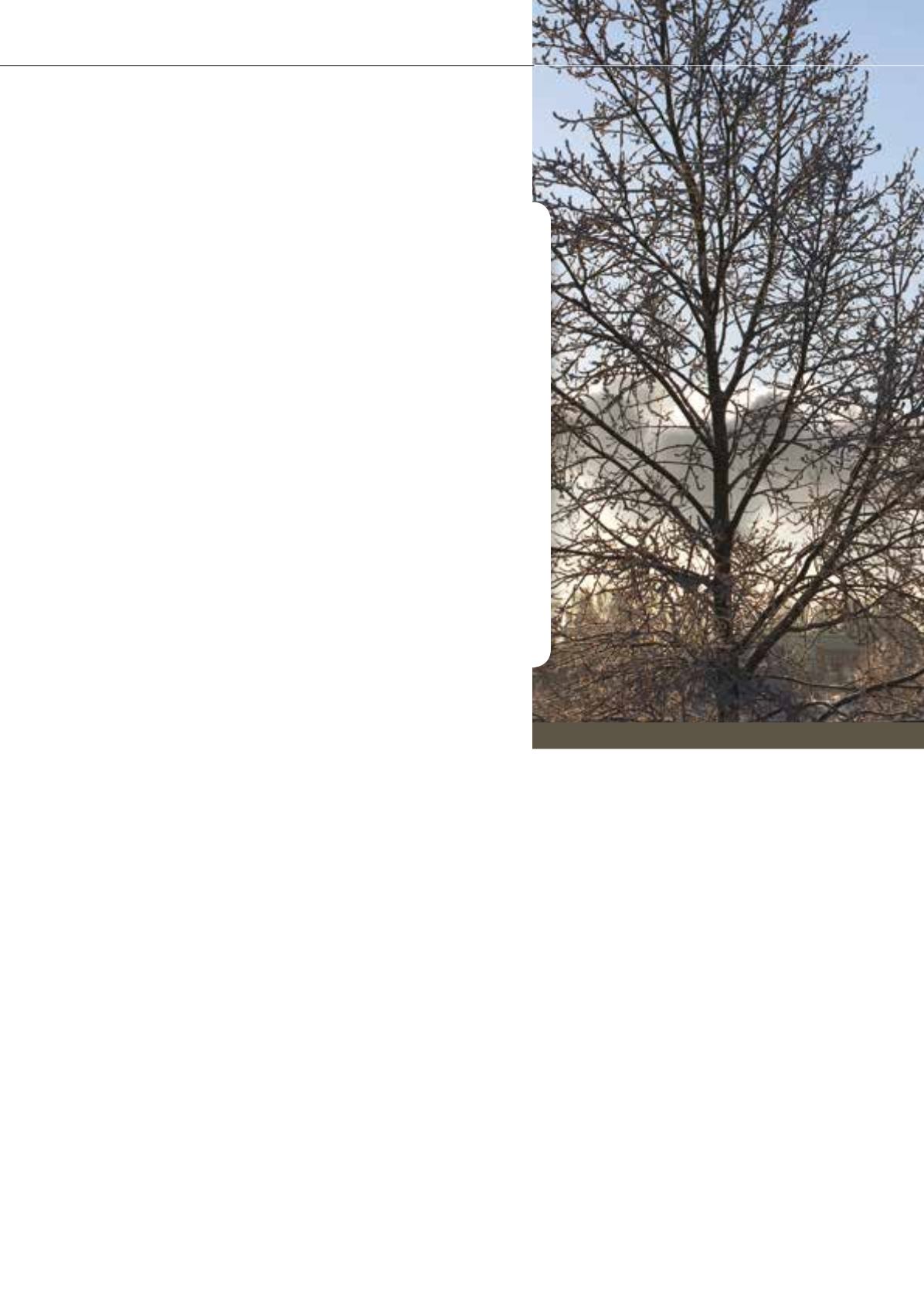

6
Chemical Technology • June 2016
In November, 2015, the South African
National Treasury published for
comment the Draft Carbon Tax Bill. To
enable engineers to better understand
the Bill, its contents have been edited
for brevity and examples included to
introduce the structure of the Bill as a
commentary. This is the last of a three-
part series.
The
Draft Carbon Tax Bill
Part 3 - Fugitive emissions and
industrial emissions
by Carl Schonborn Pr Eng
P
art 1 (How the tax is calculated based on CO
2
equiva-
lent emissions for stationary and non-stationary/mo-
bile sources) appeared in the February issue. Part 2
– Allowances and offsets, was published in the March issue.
Where reference is made to Schedule 2 in this commentary,
it refers to Schedule 2 in the Draft Bill or as published in
Part 2 of this series.
The numbering used in this commentary will correspond
to the Sections in the Draft Bill. Certain items in the tables
have been deleted from the original text for the sake of
brevity and included where the examples draw factors
from the table.
Tax base (Section 4 of the Draft Bill)
(b) Fugitive emissions
from which the greenhouse gas is
emitted. Numbers determined by:
F = (N x Q)
where N is either tonnes of solid fuel or m
3
other
than solid, emitting the greenhouse gas. Q is the emission
factor from Table 2. (Discussion of emission factors typically
referenced from [1])
(c) Industrial Process and Product Use (IPPU)
(emissions)
P = (G x H)
where G is the mass of each raw material used
or product produced expressed in tonne in respect of the
greenhouse gas emitted. H is greenhouse gas emission
factor from Table 3.
Example 3
(b)
Industrial Process and Product Use
(IPPU)
emissions
As an example of IPPU emission a typical smaller cement
plant would produce about 1 425 000 tonnes per annum
of clinker. (Cement is 95 % clinker.)
From Table 3 the GHG emission factor is 0,5200 for clin-
ker. Annual carbon tax liability will be 1 425 000 x 0,5200
= 741 000 tCO
2
e
741 000 CO
2
e x R120 = R88 920 000
Allowance for industrial process
emissions
8(1) A taxpayer that conducts an activity in respect of
industrialprocess emissions that is listed in Schedule 2 in
the column ‘Sector’ may receive an allowance in respect
of those emissions, determined in terms of subsection (2).
8(2) The percentage of the allowance referred to in subsec-
tion (1) must be calculated by matching the line in which
the activity is contained in the column ‘Sector’ with the cor-
responding line in the column “Basic tax-free allowance for
process emissions %” in Schedule 2 of the total percentage
of greenhouse gas emissions in respect of a tax period in
respect of thatactivity.
From Schedule 2 from the Sector Column, Cement
















